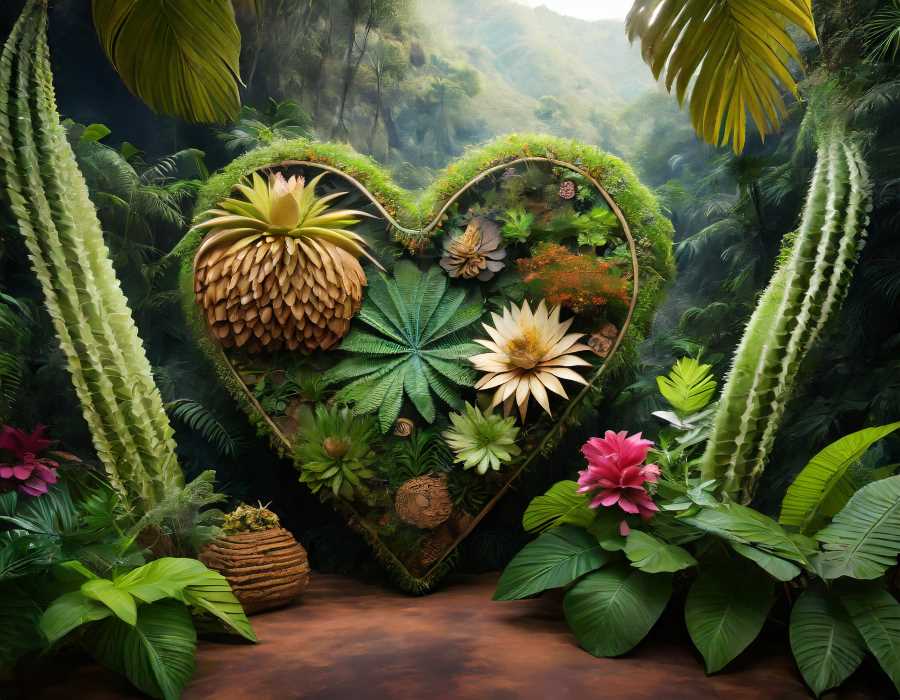The Chronicles of Mesoamerica's Hidden Flora
UNAM researchers embark on a quest to uncover the lost stories of Mesoamerica's plant life, revealing mysteries, missing data, and the urgent need to bridge the gaps in our botanical knowledge.

In the lush and vibrant heart of Mesoamerica, where the ancient rainforests and misty cloud forests conceal secrets of untold biodiversity, a peculiar journey unfolds—a journey to resurrect the botanical archives of an entire region. As the bustling digital age casts its illuminating beams upon the forgotten flora of this magnificent land, we find ourselves in the midst of a scientific treasure hunt, hunting for answers, connections, and the extraordinary.
An expedition led by intrepid minds at the Institute of Biology (IB) of the UNAM, featuring Santiago Ramirez Barahona, Angela Cuervo Robayo, and Susana Magallón Puebla. Their adventure, recorded in the esteemed journal “New Phytologist,” embarks on a quest to unravel the untold stories of Mesoamerica's plant kingdom.




